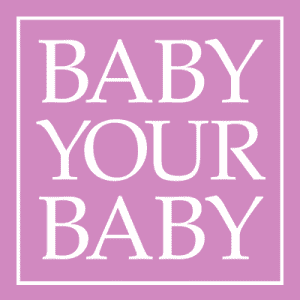Eye care begins in infancy.
Infancy
- The American Optometric Association (AOA) recommends children receive a comprehensive eye exam on a regular schedule that begins in infancy.
- The first visit should be between the ages of 6 months and 12 months.
- There is a program called InfantSee that provides these free infant vision screenings.
Children
- Children between the ages of 3 and 5 should have at least one eye exam. This eye exam will check for any conditions that could have long-term effects.
- Children should then have an an eye exam every year starting before first grade.
Development
- Prevent Blindness provides a vision milestones brochure to help parents understand how babies’ eyes should develop. This pamphlet includes the most important details regarding a baby’s eye care and development.
- If you are concerned about your child’s vision, you can take a survey that will help you know if you should be concerned. It will also give you a list of doctors in your area.
What is the different between Vision Screenings and a Comprehensive Eye Exam?
It’s important to note that a vision screening is not a diagnostic process, and that vision screenings do not replace comprehensive eye exams. Vision screenings can be conducted by a primary care physician, school nurse, or in a community-based setting. However, a vision screening does not test for everything. Vision screenings are useful for detecting simple issues and aren’t in-depth. Vision screenings can detect issues relating to distance like nearsightedness, or discover a severe lazy eye. The problem with vision screenings is that they are often in poor testing environments, with limited equipment.
Eye exams are more in-depth than vision screenings and are performed by Optometrists (medical professional) or Ophthalmologists (Medical Doctor). They check for the refraction state, where the shape of your eyes does not bend light correctly causing nearsightedness, farsightedness, and astigmatism. Which is normally found through reading a vision chart and testing lenses, on the rare occasion spatial imaging or testing is needed. They also test for a lazy eye, eye tracking (how well your eyes follow an object), convergence (the ability for your eyes to work together), and color vision

 ¡Información gratuita para ti y tu bebé! Envía BABY al 511411
¡Información gratuita para ti y tu bebé! Envía BABY al 511411
